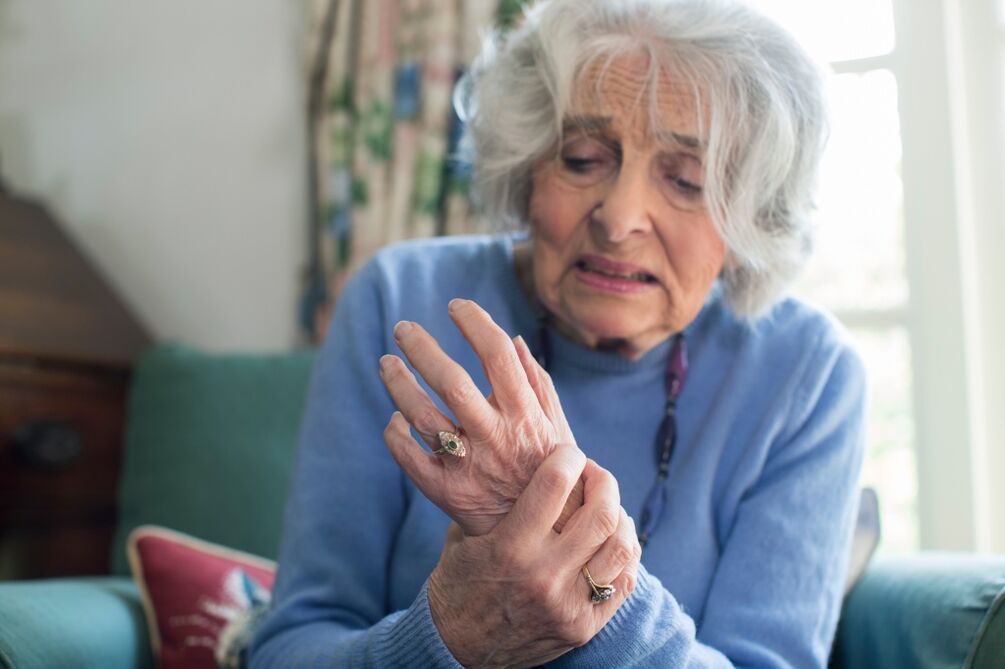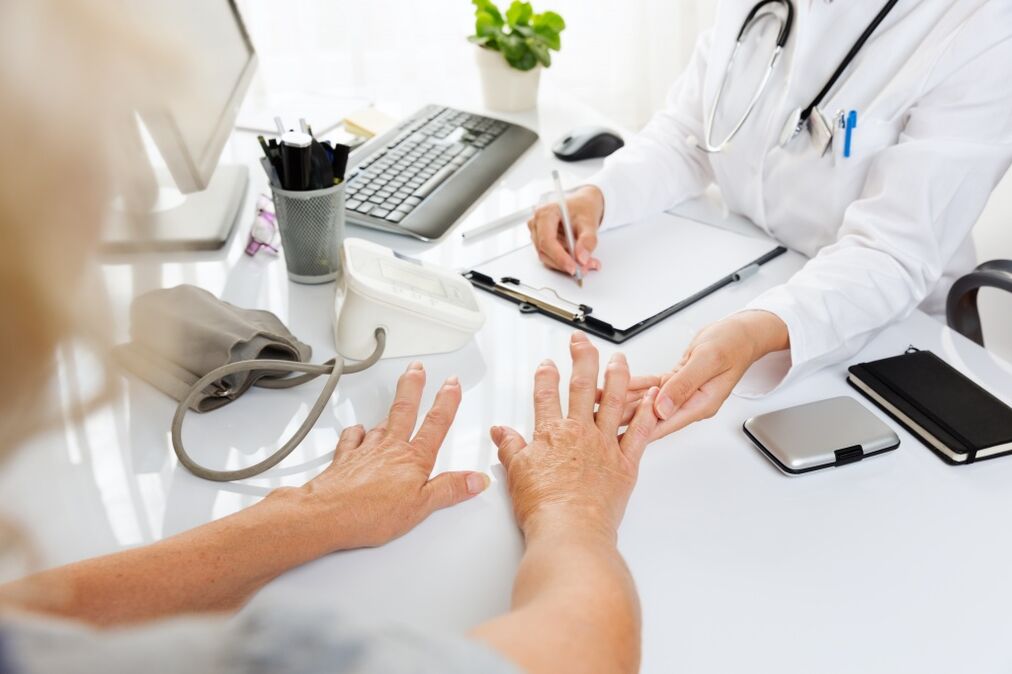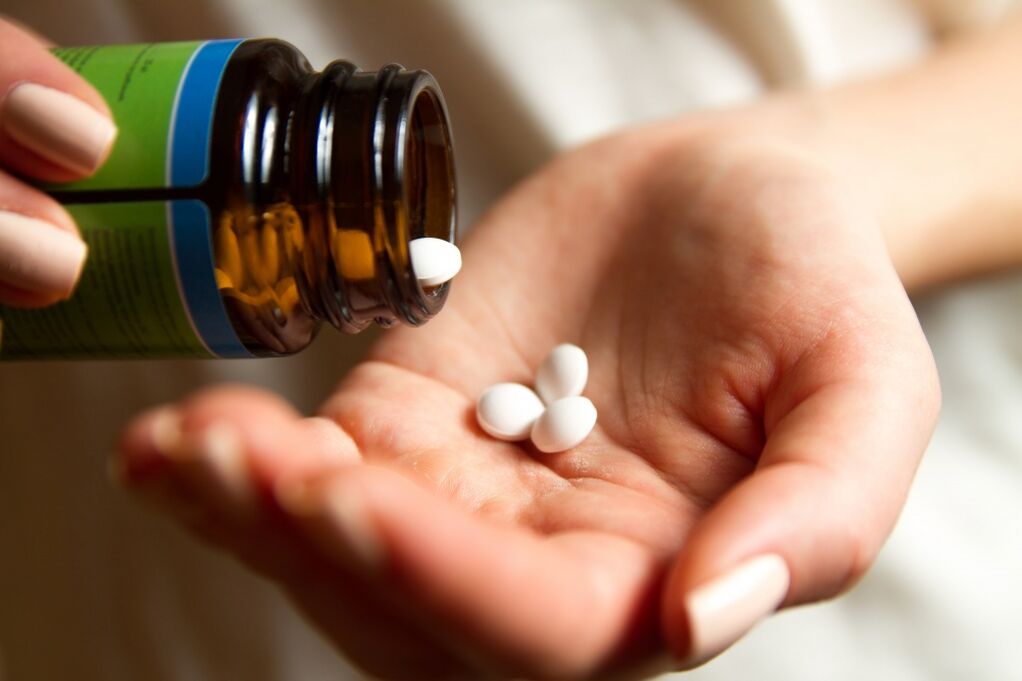
Arthritis of the joints (also known as "deformed arthritis", "osteoarthritis" or "osteoarthritis" in the literature) is a chronic degenerative process of joint tissues in which, due to the malnutrition process, over time, The cartilage covers the destruction of the joint surface. In addition, the degradation process will also cover the joint capsule and actual bone tissue, causing bone deformation.
Types of joint arthritis
Generally, the term "arthropathy" refers to a relatively large group of diseases of different joints, and the development mechanism of this pathology may be different. In most cases, you may experience arthritis of large joints. This type of disease includes:
- Gonorrhea-knee joint deformity;
- Hip arthropathy-pathology of the hip joint;
- Shoulder arthritis;
- Elbow joint arthritis, etc.
Arthritis of the small joints is less common: hands (between fingers and palms) and feet. In addition, spondyloarthropathy is also very prominent-dystrophic lesions of the intervertebral joints, which are called spine diseases, although the development mechanism is similar to other types of arthropathy. If the pathology has spread to multiple joints, we can say systemic arthritis or polyarthritis.
In medicine, it is customary to distinguish two main types of joint arthritis based on the development mechanism of the joints. Primary arthritis (also called idiopathic arthritis) is a pathological phenomenon that mainly occurs in the tissues of the joints and does not include any changes in the body's systemic functions. Primary arthritis is characterized by an increase in the degeneration process in cartilage tissue, while at the same time destroying its recovery.
Secondary arthritis is the result of joint damage caused by trauma (traumatic arthritis). In addition, certain pathological processes of the body, especially mineral metabolism disorders, may lead to the development of secondary arthritis.
Usually, traumatic joint disease is found at a young age. In elderly patients, in some cases, it is impossible to distinguish between primary and secondary joint damage-many pathological processes in the human body are closely related.

Why does arthritis develop?
Although there is no consensus on the exact cause of the development of arthritis, scientists know the factors that cause pathological changes in joint tissues. The main reason for the development of joint idiopathic arthritis is a variety of factors of heredity and hereditary nature. First, this group includes congenital features composed of joint tissues, which are more intensive than normal cartilage destruction, and the recovery speed is too slow. In addition, genetic factors can include a variety of congenital defects and bone and joint system deformities (articular dysplasia, hypermobility, deformities of the spine, feet, hands, etc. ), which is due to excessive or non-physiological reasons why certain joint surfaces may notDevelop, deform and cover their cartilage correctly?
The following reasons can lead to the development of secondary arthritis of the joints:
- Mechanical damage to the joint is the result of certain mechanical influences, leading to the destruction of the anatomical integrity of the structure that forms the joint. The categories of mechanical injuries include injuries, surgical interventions, excessive physical exercise and sports;
- Joint disease-first of all, inflammatory pathology;
- Metabolic disorders lead to changes in the composition of the cartilage covering the surface of the joints, which makes them more fragile, faster to break down, and slower to recover;
- Certain diseases of the endocrine glands may also cause metabolic disorders;
- A variety of autoimmune pathologies, in which cells of the immune system attack the body’s own tissues, in this case, joint tissues, causing damage;
- Vascular disease, the result of which is the inability to provide enough blood for the tissues and the development of malnutrition processes in it.
How does arthritis of the joints develop?
It is believed that in arthritis of the joint, the first destructive process in the joint is the destruction of cartilage. It begins with microcirculation infringement in the capillaries of the periosteum under the cartilage covering the surface of the bone joints. Generally, the nutrients in cartilage tissue come from both synovial fluid and adjacent bone tissue. When the blood circulation in the periosteal vessels is disturbed, the nutrition of the cartilage will be disturbed. The cartilage tissue gradually loses its natural elasticity, becomes thinner, and its surface becomes uneven, and microcracks and nodules may appear on it, thereby destroying the sliding of the joint surface relative to each other. The composition of synovial fluid inevitably changes.
With the movement of the joints, pain, creaking, and clicking noises began to disturb. With the passage of time, pathology develops, the range of motion of the joint decreases, the joint space becomes narrow, the cartilage on the protruding part of the joint surface becomes thinner until it disappears completely, and osteophytes form on the edge of the joint surface.
The described mechanism is mainly characteristic of senile arthritis, which gradually develops over time. The development mechanism of other forms of arthritis (for example, post-traumatic, post-operative, post-infection, and metabolic disorders) may be slightly different, but in general, joint changes with such pathologies will be the same as senile arthritis.
The degree of arthritis and its manifestations
The specific manifestations of the pathological process and its severity depend to a large extent on the intensity of the destructive process in the joint and the amount of tissue involved. However, at any stage, arthritis has two main clinical symptoms. The first is joint pain. In addition, the decrease in joint mobility is cause for concern.
In my country, it is customary to distinguish the degree of arthritis based on the clinical and radiological classification adopted in 1961.
Arthritis 1 degree-The early stages of the development of the pathological process.The main symptom is joint stiffness after morning rest. Once the patient starts to move, the stiffness will disappear. During the first exercise, the joints may have some impaired mobility, and the slight pain after rest may be disturbed. Cracks often appear at the joints. However, there is no obvious pain after normal exercise, only when the joints are obviously aggravated, the pain will disappear by itself after rest.
X-ray examination of the affected joints did not show obvious anatomical changes; in some cases, the joint space may narrow slightly, or a single small bone growth may appear along the edges of the joint surface.
Because there is no obvious pain and movement disorders in the joints, patients rarely seek medical help at this stage of the disease's development.
Degree 2 arthropathy-the progression of the disease.It manifests as severe pain and a clear sense of tightening, and it clicks into the joint during joint movement. The range of motion of the joints is greatly restricted, which is why if we are to talk about the rupture of a large joint, it may result in a shortened limb function. As with the first stage of joints, pain is troublesome immediately after waking up in the morning, but on the contrary, they are more intense and last longer, often gradually turning into daytime pain. The latter is formed during the day, when the mechanical action of the joints gradually reduces the amortization capacity of cartilage. At this stage, the joint suffers considerable damage, and the bones that form the joint are deformed. The moderate sensitivity of the joints can be disturbing: when the weather changes, joint pain appears or increases significantly, which is related to the compensatory reduction of joint tissue and its ability to regulate intra-articular pressure during atmospheric fluctuations.
X-ray examination showed that the joint space was significantly reduced and a lot of bone growth. Due to the obvious malnutrition process, the bone tissue in the area around the cartilage is hardened; a cystic cavity can form in it.
At this stage of the disease, the patient's ability to work is reduced; due to the severe pain during the movement of the affected joint or its contracture, he cannot do much work at all.
Arthritis of the third degree joint corresponds to the late stage of the pathological process.Pain is always disturbing during exercise and in a state of complete rest, which is related to many factors: inflammation of the joint tissue, deformation of the joint surface, and surrounding muscle spasms. The range of motion is strictly limited, and in some cases it is usually impossible. The movement of the joints in the affected area is accompanied by a loud rattle, which can be heard not only by the patient but also by people around. Due to the intense inflammatory process, the joints at this stage are significantly deformed, and fluid accumulates in the joint capsule. Severe development of moderate sensitivity: increased pain due to weather changes. Muscle cramps in the large joint area may shrink due to lack of mobility. For arthropathy of the third degree of the knee joint, bending of the leg-inversion (in the form of the letter "O") or valgus (in the form of the letter "X") can be noted.
The X-ray image shows almost no joint gap, the joint surface is obviously deformed, and the large bone growth is located on its edge. The intra-articular structures (meniscus, ligaments) are destroyed and the bone tissue is hardened. The tissue around the joint is calcified, and the joint mice will appear in the joint cavity-fragments of bone tissue.
With the joint disease of the third degree joint, the patient's working ability and disability continue to decline.
Degree 4 arthropathy-the stage where the affected joints are completely destroyed.His "blockade" develops-due to severe pain, even the slightest movement cannot be achieved. Even the use of effective non-narcotic analgesics cannot relieve pain, nor can it be relieved by physical therapy procedures. Due to the malfunction of the knee joint, the patient lost the ability to move independently. Strong inflammation in the joint tissues can cause joint fusion (stiffness) or the formation of false joints (neoarthritis).
On radiographs, you can see the strongest sclerosis of the bones that form the joints, their fusion, a large number of osteophytes and strong calcification of the joint tissue.
How is arthritis treated?
The range of therapeutic measures used to treat arthritis of the joints depends on the stage of the disease and the prevalence of the pathological process. There is a simple model: the earlier the treatment of joint disease starts, the better the effect. Therefore, it is very important to consult a doctor if there are initial signs of discomfort in the joint area, stiffness in the morning or tightening during exercise. In the initial stage of the pathological process, taking vitamin-mineral complexes and chondroprotective agents is effective-drugs that can improve the metabolism of cartilage tissue and its structure. For example, the active ingredient of a medicine is crystalline glucosamine sulfate-a natural component of healthy cartilage. It stimulates the production of proteoglycans while inhibiting the destruction process of cartilage tissue.

Physical therapy exercises and physical therapy techniques are one of the effective measures listed in the treatment of arthritis. It is important to have a diet, and there must be enough protein and fat in the diet. Timely treatment and preventive measures can not only eliminate pain and discomfort, but also prevent the progression of the disease and the transformation of the pathology to a more severe stage.
The second and more severe degree of arthritis cannot be completely cured. In these stages, the treatment of joint disease is reduced to the elimination or reduction of pain, and the inhibition of inflammation in joint tissues. To relieve pain, non-steroidal anti-inflammatory drugs and non-narcotic analgesics are used, and they are used in the form of topical preparations (ointments, gels with anesthetic and anti-inflammatory effects) and systemic drugs. It can play an important role by reducing the burden on diseased joints, which can reduce mechanical damage to the joint surface.
After the acute pain is eliminated, an important task is to normalize the metabolic process in the cartilage tissue and slow down the destructive process. For this reason, it is also recommended to take chondroprotective drugs. Similarly, drugs that stimulate tissue microcirculation have also proven their advantages. During the period of arthritis remission (without severe pain), physical therapy is useful, which will reduce the possibility of aggravation again and reduce the need for analgesics and non-steroidal anti-inflammatory drugs.
Physiotherapy measures used to treat joint arthritis include: electrophoresis, ultrasound irradiation, radiation and magnetic therapy. The most important condition for taking these measures is to perform physical therapy for arthritis only outside the exacerbation period, otherwise it is likely to activate the inflammatory process and increase pain.
How to treat arthritis in the fourth stage of the disease? At this stage, the joint tissue has actually been destroyed, and the only effective solution is surgery. During this period, the damaged joint will be replaced by a special endoprosthesis. This is not always the case. This kind of surgery can fully restore the range of motion of your joints, but after the recovery period is over, the patient can resume an active life, work, and get rid of pain.
Arthritis, its symptoms and treatment methods have been introduced in this article, is a serious pathology that can lead to disability, which greatly reduces his quality of life. Starting treatment in time can significantly slow down the course of the disease, avoid serious complications, and maintain the patient's mobility and work ability.



















